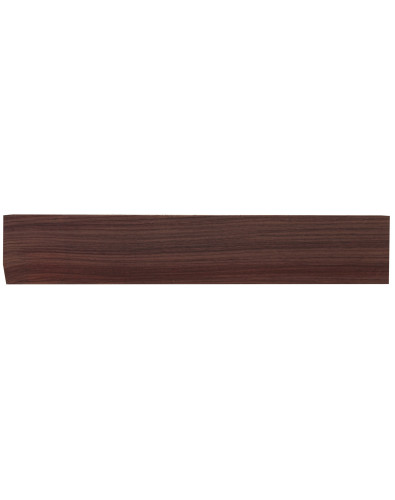-
MenuBack
- FSC® WOODS
- OFFERS EXCLUSIVE
-
PRODUCTS
ON SALE
-
-
Woods
-
-
REBAJADOS
-
FENDER®
-
-
Other String Instruments
-
-
-
Bow Instruments
-
-
-
Wind Instruments
-
Pieces other sizes
-
Lathe
-
Walking Sticks
-
Raw Material
-
-
-
Kits and Percussion
-
Wind Instruments, Lathe and Raw Material
-
-
-
Mb Exclusive
-
-
Assorted Pieces
-
-
-
Finishes
-
-
Accessories
-
-
ACCESSORIES
-
Cuerdas
-
Cuerdas
-
Last Units Accessories
-
More Accessories
-
-
-
TOOLS
-
-
Herramientas para Luthier
-
-
-
About us
-
Indian Rosewood
If there is a wood capable of shading ebony for use as a fingerboard, this is undoubtedly the Indian Rosewood. Although a little less dense than ebony, it is still a very resistant wood to the tension caused by strings, famous for its ability to transmit sound, and of a beautiful intense violet color.
BOTANICAL NAME: Dalbergia latifolia.
TRADE NAMES: Indian Rosewood, East Indian Rosewood.
ORIGIN: India.
DESCRIPTION: Wood of shades such as brown, pink or violet whose density is 870-900 kg/m3. The color of this wood is light yellowish white in the sapwood and varies from dark pink to purple-brown in the heartwood, which darkens as it dries. It has grains of dark violet color. The fiber is wavy and the grain is heavy.
RECOMMENDATIONS: The sawing and the mechanized are complicated, due to its wavy fiber and the presence of calcareous deposits. However, the gluing does not present problems and before applying the finishing products, it is essential to use fillers. Its sawdust and dust are irritating.
DRYING: The speed of drying is slow, hardly presenting risks of breakage and deformation, but cracks. The color of the wood improves with the drying.
USES: It has many uses, since in addition to being used in fingerboards, it is also used in soundboards, bridges, headplates and certain pieces for hurdy-gurdy.


